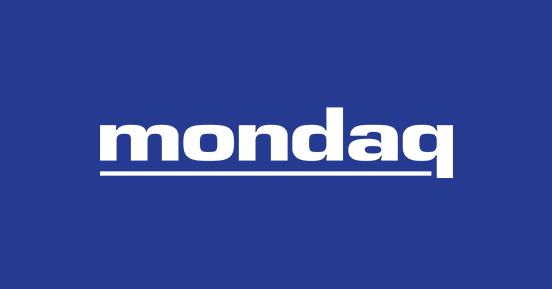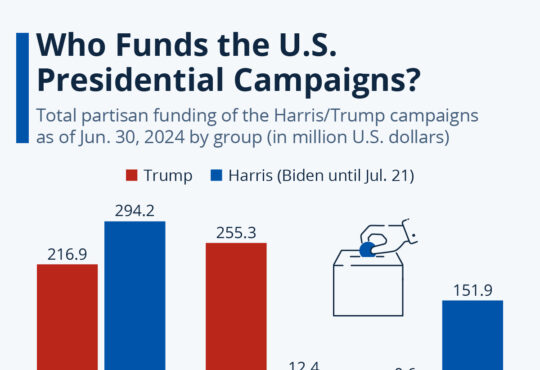
To print this article, all you need is to be registered or login on Mondaq.com.
Initial and Structural Considerations:
Can a rated note feeder work on an open-ended fund?
- It is more common for this structure to be used on closed-end
funds, as the finite term and lack of redemption rights correspond
well to a note with a fixed maturity. - However, we have seen this structure used on open-end funds,
typically by hardwiring the redemption terms into the documents
(i.e., insurance investors cannot make individual redemption
decisions).
Can we do a standalone rated note fund instead of a feeder
product?
- Yes. A standalone product may be more expensive and take more
time to establish, but it can be more easily customized to address
the specific needs of insurance investors and ratings
agencies. - By contrast, a feeder may be quicker and cheaper to set up, but
it features less flexibility to vary the strategy and terms, since
it is part of a broader fund structure with non-insurance
investors.
Can we submit a model or hypothetical portfolio to the rating
agency for purposes of evaluating a new fund we are getting
rated?
- Yes although the rating agency may take a more conservative
view of the rating than would be the case if there were an actual
prior portfolio.
Do non-insurance company investors in the structure express
concerns with the rated note feeder?.
- Typically, they do not. The structure is usually not very
visible to other investors, and it is standard for
structure-related expenses to be borne solely by the participating
insurance investors and not the broader investor base.
Can I use this structure in a levered fund?
- Yes, this structure can be used with both subscription facility
and asset-based leverage. However:
- It can be easier for unlevered funds to obtain the desired note
rating - There are typically challenges with including the note portion
of the commitment within a subscription facility base - The notes are typically subordinated to third-party (bank)
leverage
- It can be easier for unlevered funds to obtain the desired note
Can the rated feeder be structured entirely as debt?
- We generally see some equity, since:
- Certain insurance investors prefer equity/note structures on
the basis that they have more substance - A higher equity proportion can help increase the note
rating - There are mechanisms of typical fund structures (such as the LP
clawback) that are more typically associated with equity
interests
- Certain insurance investors prefer equity/note structures on
- Certain South Korean insurance companies prefer debt-only
structures, however.
Are the notes typically debt or equity for U.S. tax
purposes?
- Equity classification for U.S. tax purposes is more
common. - In our experience, the tax classification of the notes has not
been a major issue for insurance investors.
Terms and Function:
How is capital called?
- Typically, debt and equity are called in proportion to the
commitments, but we have seen variations on this, including:
- Only drawing on the equity commitment to make equity
investments in the underlying portfolio - Drawing on the equity commitment before the debt commitment to
push out the date on which the fund will need to start making
interest payments
- Only drawing on the equity commitment to make equity
How do I determine the note maturity date?
- The note maturity typically aligns with the fund term, although
managers sometimes opt for a longer maturity if they expect the
fund’s investments will take longer than term to
liquidate. - Since this can be difficult to forecast at the outset, there is
sometimes an ability to unilaterally extend the maturity date.
What interest rate should be used for the
notes?
- The rate often approximates the expected income distributions
from the fund, and is also sometimes aligned to the fund’s
preferred return out of convenience. - Typically, if two notes are issued, the junior note will have a
higher interest rate than the senior note. - Interest can typically pay-in-kind or “PIK”, which
can address potential cash flow shortfalls because the interest
accrues to the principal.
Why do some rated note funds use an A/B note structure?
- Multiple debt tranches can produce an overall better regulatory
capital result for insurance investors, as the senior notes
typically have a higher rating than those in a unitranche
structure. - However, this can increase the complexity and the burden of
administering the notes.
Can the fund pre-pay the notes?
- Yes. Sponsors may find it advantageous to pre-pay the notes and
have insurance company investors hold only equity in the later life
of the fund, and, at that point in the fund’s lifecycle,
insurance investors at that stage may not be as concerned about
holding their remaining investment through notes.
What equity/debt proportion do you typically see?
- This varies depending on a range of factors, including the
fund’s strategy, targeted investments, use of leverage, and
fund terms. - In general, we typically see a debt percentage between
70%–90% and an equity percentage between 10%–30%.
What should the priority of payments be?
- There is not a set requirement for how payments (or
distributions) should be made, although adding more substance
around the priority of payments to the notes, either generally or
only in certain circumstances (e.g. post-investment
period, after default, if the portfolio becomes concentrated,
etc.), can help improve the rating. - There is typically an ability to make some distributions in
respect of the equity interests early in the life of the fund, so
long as the notes have some waterfall priority. - An example of a relatively straightforward waterfall
formulation is as follows:
- During investment period: Income proceeds from the
master fund are used to repay note interest; principal repayments
from the master fund are used to repay note principal; and
remaining proceeds are distributed to LP interests - After investment period: All proceeds used to repay
note interest/principal before payments are made to LP
interests - If there is an EoD or if the LTV ratio exceeds a certain
threshold: Proceeds are distributed per the terms of the
post-investment period waterfall
- During investment period: Income proceeds from the
How are rating and other note feeder expenses typically
paid?
- These expenses are typically borne solely by the note feeder,
and are outside of any cap on organizational expenses on the basis
that the structure is bespoke and created for the benefit of the
insurance company investor base.
How is the uncertainty relating to the treatment of the notes
for insurance regulatory capital purposes addressed in the
documents?
- There is often broad ability to redeem out the notes for equity
interests and/or amend the terms to reflect future regulations by
the National Association of Insurance Commissioners (NAIC) or other
regulatory developments.
Click here to listen to Jessica and Jason further discuss these
structures in their podcast episode,
Rated Note Feeder Structures: 2023
Update.
The content of this article is intended to provide a general
guide to the subject matter. Specialist advice should be sought
about your specific circumstances.
POPULAR ARTICLES ON: Finance and Banking from United States
add a comment







